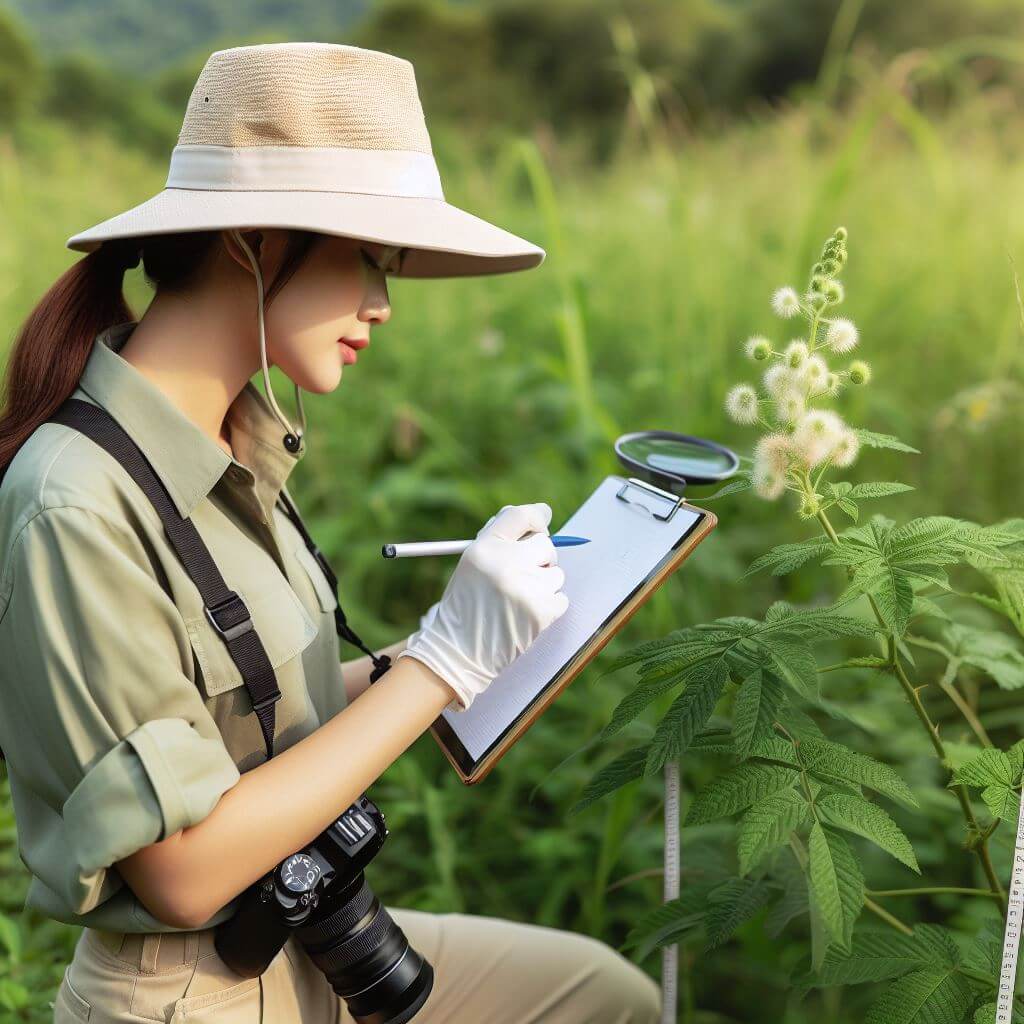Farmers combat the aggressive and harmful johnsongrass, which encroaches on crops like cotton and threatens the health of horses, through various means, including the application of chemicals, incineration, and manual removal. Modern solutions are now emerging from the innovation labs at the University of California, Davis, where scientists are leveraging cutting-edge artificial intelligence (AI) and sophisticated algorithms to fight this invasive plant species.
 Utilizing imagery from Google’s comprehensive Street View collection, the UC Davis team has pinpointed over 2,000 instances of johnsongrass throughout the Western U.S. with significantly reduced cost and labor compared to traditional field surveys. They’ve dubbed their innovative application Google Weed View.
Utilizing imagery from Google’s comprehensive Street View collection, the UC Davis team has pinpointed over 2,000 instances of johnsongrass throughout the Western U.S. with significantly reduced cost and labor compared to traditional field surveys. They’ve dubbed their innovative application Google Weed View.
This breakthrough has the potential to streamline the monitoring of other troublesome flora across vast regions. “With enough training data, the model can analyze countless Street View images in no time,” explained Mohsen Mesgaran, an assistant professor within UC Davis’s Department of Plant Sciences. “The technology offers immense scalability and can adapt rapidly.”
Extending this approach to additional species is straightforward. It simply requires labeling instances of the species within Street View photographs and fine-tuning the algorithm to recognize these examples. Google Weed View doesn’t just detect weeds; it also provides insights into how climate influences the proliferation and invasion of such plants by analyzing their geographic spread. “It holds promise for both practical weed management and those interested in broader ecological dynamics,” stated Mesgaran.
The project was initiated through a collaborative inquiry with Kassim Al-Khatib, a Cooperative Extension professor in the department, who sought a comprehensive survey of johnsongrass presence across the Western states. Al-Khatib’s research delves into the regional distribution of johnsongrass, effective control methods, and its extraordinary adaptability and prevalence. He is also part of a team at the University of Georgia working to unravel the genetic code of this weed, recognized as one of the most troublesome globally. According to University of California’s Statewide Integrated Pest Management Program, johnsongrass is a formidable weed, towering up to 7 feet high and presenting differently colored blooms based on its growth stage. “Johnsongrass poses a significant challenge not just regionally but on a global scale,” remarked Al-Khatib. “Its impact is widespread—troubling vineyards, crops, and orchards.”
Google Weed View amplifies survey efficiency and benefits from constant updates by users and Google’s regular image capturing. “AI enables us to quickly determine the presence of johnsongrass in a locality, bypassing the need for days of manual inspection,” Al-Khatib added.
In tracking the weed, Mesgaran accessed the vast repository of Street View, noting the excellent image quality that even captured plant details. He set specific criteria for the bot’s data search, including image orientation, geographic coordinates, and other variables. Starting with Texas, where the weed is common, Mesgaran’s model was iteratively trained and refined with labeled images, enhancing its detection accuracy with each pass.
A student assistant meticulously identified johnsongrass in thousands of images to improve the algorithm’s learning process. Their efforts resulted in a financially efficient and swift method to map the weed’s infestations — a project that only required around $2,000 to analyze the images and train the algorithm, compared to the $40,000 estimated cost for physical surveys. “In just a few months, we’ve compiled data on 2,000 locations, and this method can be applied nationally,” Mesgaran disclosed.
